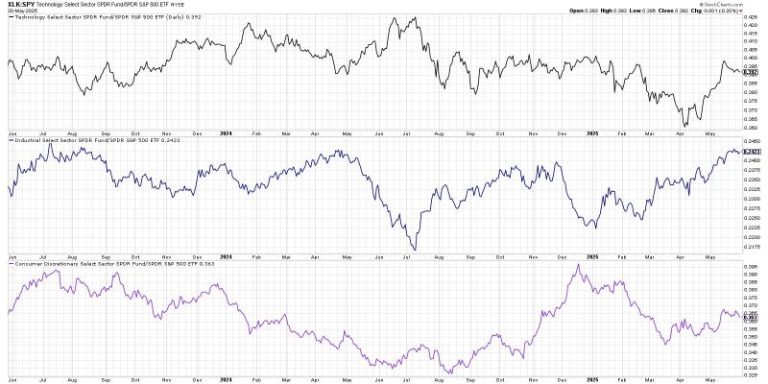VANCOUVER, BC , May 30, 2025 /CNW/ – 1911 Gold Corporation (‘ 1911 Gold ‘ or the ‘ Company ‘) (TSXV: AUMB) (OTCQB: AUMBF) (FRA: 2KY) announces the temporary suspension of operations at its True North complex in Bissett, Manitoba , following the evacuation order issued by the Province of Manitoba due to escalating wildfire activity in the region.
The Company has safely evacuated all personnel from the site and is closely monitoring the situation in coordination with local and provincial authorities. The Company has taken precautionary measures to safeguard certain site infrastructure and continues to assist with the wildfire response by hosting frontline personnel at the True North camp facilities.
Shaun Heinrichs , CEO and President, stated, ‘The safety of our employees and the community is our top priority. We are grateful for the swift and coordinated response of emergency services and are committed to supporting firefighting efforts, including the ongoing use of our camp facilities. Our thoughts are with everyone impacted by the wildfires, and we stand ready to support the community during this challenging time.’
The Company will provide further updates as more information becomes available and will resume operations at the True North complex when it is safe to do so.
About 1911 Gold Corporation
1911 Gold is a junior explorer that holds a highly prospective, consolidated land package totaling more than 61,647 hectares within and adjacent to the Archean Rice Lake greenstone belt in Manitoba , and also owns the True North mine and mill complex at Bissett, Manitoba . 1911 Gold believes its land package is a prime exploration opportunity, with the potential to develop a mining district centred on the True North complex. The Company also owns the Apex project near Snow Lake, Manitoba and the Denton-Keefer project near Timmins, Ontario , and intends to focus on organic growth and accretive acquisition opportunities in North America .
1911 Gold’s True North complex and exploration land package are located within the traditional territory of the Hollow Water First Nation, signatory to Treaty No. 5 (1875-76). 1911 Gold looks forward to maintaining open, co-operative and respectful communication with the Hollow Water First Nation, and all local stakeholders, in order to build mutually beneficial working relationships.
ON BEHALF OF THE BOARD OF DIRECTORS
Shaun Heinrichs
President and CEO
www.1911gold.com
CAUTIONARY STATEMENT REGARDING FORWARD-LOOKING INFORMATION
This news release may contain forward-looking statements. Often, but not always, forward-looking statements can be identified by the use of words such as ‘plans’, ‘expects’ or ‘does not expect’, ‘is expected’, ‘budget’, ‘scheduled’, ‘estimates’, ‘forecasts’, ‘intends’, ‘anticipates’ or ‘does not anticipate’, or ‘believes’, or describes a ‘goal’, or variation of such words and phrases or state that certain actions, events or results ‘may’, ‘could’, ‘would’, ‘might’ or ‘will’ be taken, occur or be achieved.
All forward-looking statements reflect the Company’s beliefs and assumptions based on information available at the time the statements were made. Actual results or events may differ from those predicted in these forward-looking statements. All of the Company’s forward-looking statements are qualified by the assumptions that are stated or inherent in such forward-looking statements, including the assumptions listed below. Although the Company believes that these assumptions are reasonable, this list is not exhaustive of factors that may affect any of the forward-looking statements.
Forward-looking statements involve known and unknown risks, future events, conditions, uncertainties and other factors which may cause the actual results, performance or achievements to be materially different from any future results, prediction, projection, forecast, performance or achievements expressed or implied by the forward-looking statements. All statements that address expectations or projections about the future, including, but not limited to, statements with respect to the terms of the Offering, the use of proceeds of the Offering, the timing and ability of the Company to close the Offering, the timing and ability of the Company to receive necessary regulatory approvals, the tax treatment of the securities issued under the Offering, the timing for the Qualifying Expenditures to be renounced in favour of the subscribers, and the plans, operations and prospects of the Company, are forward-looking statements. Although 1911 Gold has attempted to identify important factors that could cause actual actions, events or results to differ materially from those described in forward-looking statements, there may be other factors that cause actions, events or results not to be as anticipated, estimated or intended. There can be no assurance that forward-looking statements will prove to be accurate, as actual results and future events could differ materially from those anticipated in such statements. Accordingly, readers should not place undue reliance on forward-looking statements.
All forward-looking statements contained in this news release are given as of the date hereof. The Company disclaims any intention or obligation to update or revise any forward-looking statements whether as a result of new information, future events or otherwise, except in accordance with applicable securities laws.
Neither TSX Venture Exchange nor its Regulation Services Provider (as that term is defined in the policies of the TSX Venture Exchange) accepts responsibility for the adequacy or accuracy of this release.
SOURCE 1911 Gold Corporation
View original content to download multimedia: http://www.newswire.ca/en/releases/archive/May2025/30/c0974.html










